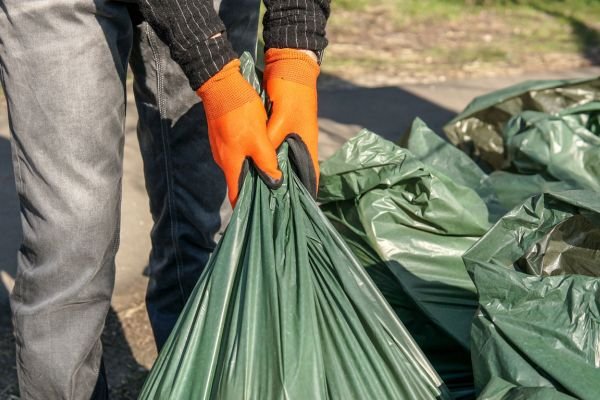The blood cleanup procedures and other bodily fluids is a critical procedure that must be performed with meticulous care to prevent exposure to infectious diseases and ensure the area is restored to a safe and sanitary condition. This guide provides a comprehensive overview of the procedures involved in blood cleanup, highlighting the importance of following strict guidelines and protocols to protect both the cleaners and the public.
Understanding the risks the blood cleanup procedures
Blood and bodily fluids can carry pathogens such as hepatitis B, hepatitis C, and HIV, making the cleanup process potentially hazardous. Proper handling and disposal of these materials are crucial to preventing disease transmission the Blood cleanup procedures.
Key pathogens in blood
- Hepatitis B and C: Viruses that cause liver infection and are primarily transmitted through blood-to-blood contact.
- HIV: The virus that causes AIDS, which can also be transmitted through blood and bodily fluids.
Personal Protective Equipment (PPE)
The use of appropriate Personal Protective Equipment (PPE) is the first line of defense in the safe cleanup of blood. PPE helps protect cleanup personnel from direct contact with infectious materials.
Essential PPE for Blood Cleanup
- Gloves: Nitrile gloves provide a barrier against bloodborne pathogens.
- Goggles or Face Shields: Protect eyes from splashes of hazardous substances.
- Coveralls or Gowns: Full-body coverings that protect against contamination.
Blood cleanup procedures
The process of cleaning up blood involves several steps to ensure that all biological material is safely removed and that the area is disinfected.
Initial assessment
Before cleanup begins, it’s crucial to assess the scope of contamination. This assessment will determine the amount of PPE needed and the extent of the cleaning required.
Containment
To prevent the spread of contaminants, the affected area must be isolated. This involves setting up physical barriers to limit access and contain the biohazard.
Removal and disposal
All visible blood and other bodily fluids must be thoroughly removed. Materials soaked with blood should be disposed of in biohazard bags and handled according to local regulations for biohazardous waste.
Cleaning and disinfection
After the removal of all visible blood, the area must be cleaned with appropriate cleaning agents. Following cleaning, a hospital-grade disinfectant should be applied to all surfaces to kill any remaining pathogens.
Verification
Post-cleanup, the area should be inspected to ensure that it meets health and safety standards. Depending on the regulations and standards applicable, further testing may be required to verify sanitation the Blood cleanup procedures.
Infinity Cleanse: Experts in blood cleanup procedures services
Infinity Cleanse is a company specialized in providing blood cleanup services. With a team of trained and experienced professionals, Infinity Cleanse is equipped to handle any situation requiring blood and bodily fluid remediation. They utilize state-of-the-art equipment and follow rigorous protocols to ensure that every cleanup is done safely and effectively, restoring environments to safe, non-hazardous conditions. Contact us.
Legal and safety regulations
Understanding and complying with legal and safety regulations is essential for anyone involved in blood cleanup. This includes adherence to OSHA’s Bloodborne Pathogens Standard, which outlines specific requirements for handling and disposing of blood-contaminated materials the Blood cleanup procedures.
Compliance with OSHA Standards
- Bloodborne Pathogens Standard (29 CFR 1910.1030): Mandates measures to protect workers from the health hazards caused by bloodborne pathogens.
Blood cleanup is a sensitive and critical task that requires precise execution and adherence to stringent health and safety standards. Whether performed by professionals like those at Infinity Cleanse or by individuals in a smaller, controlled environment, understanding the proper procedures and safety measures is crucial. By following these guidelines, the risks associated with handling blood and other potentially infectious materials can be significantly minimized, ensuring the safety of both the cleanup personnel and the public. Discover all the services we offer at Infinity Cleanse.

